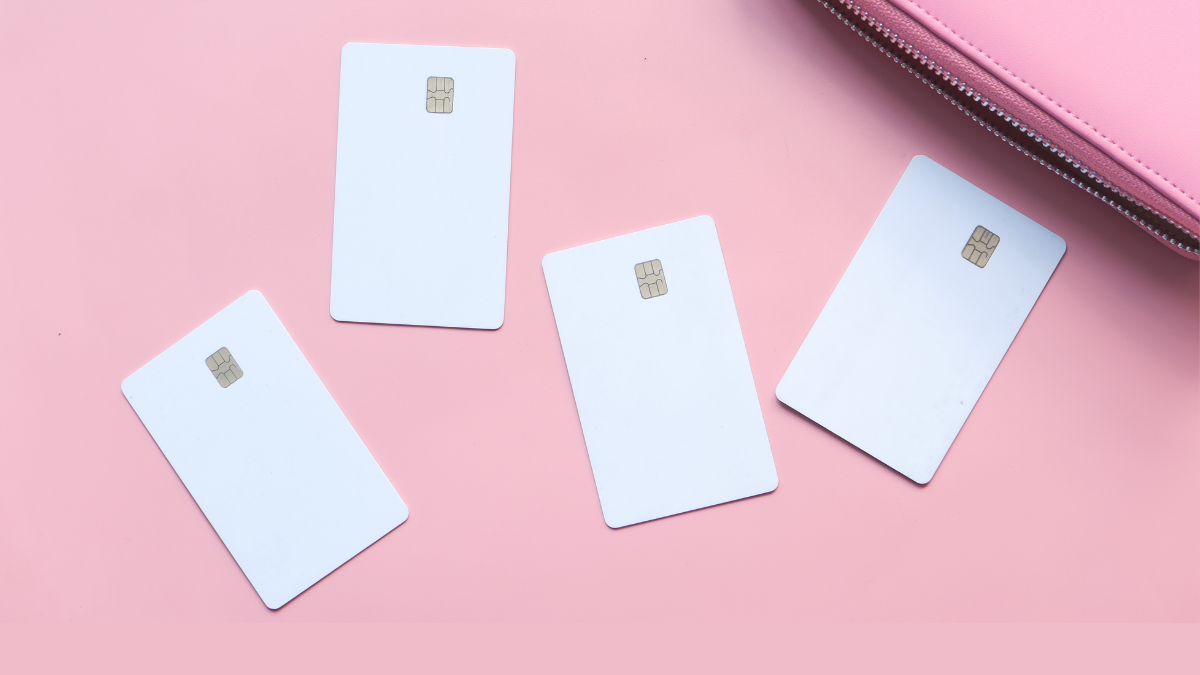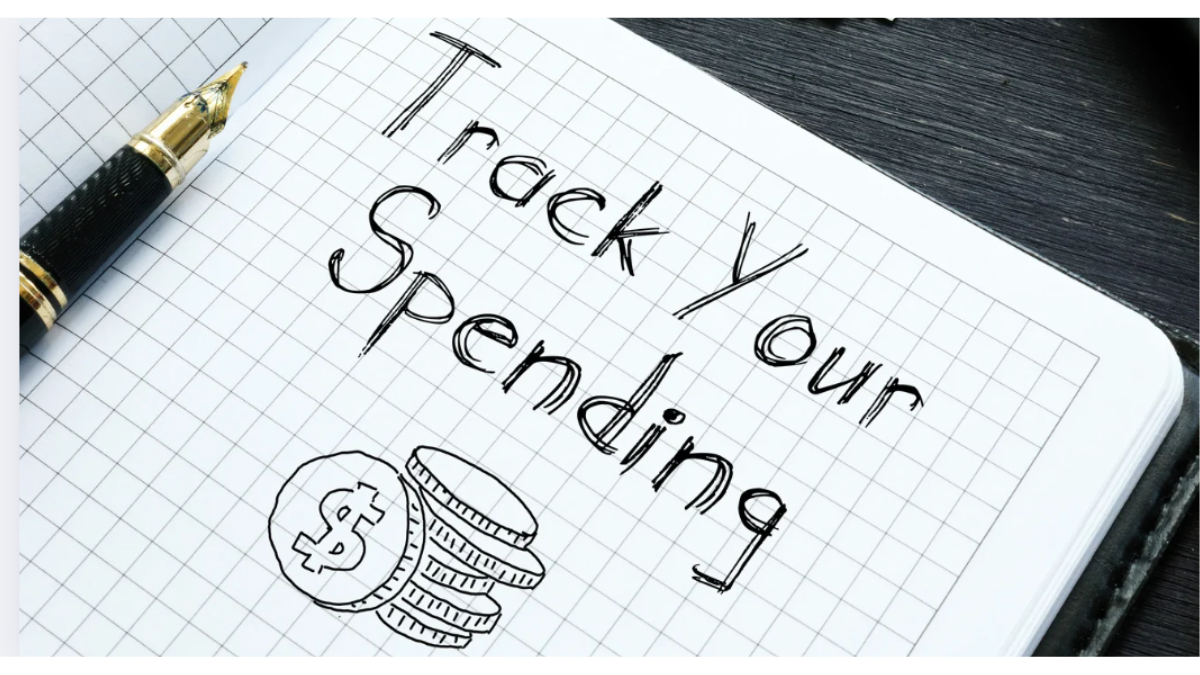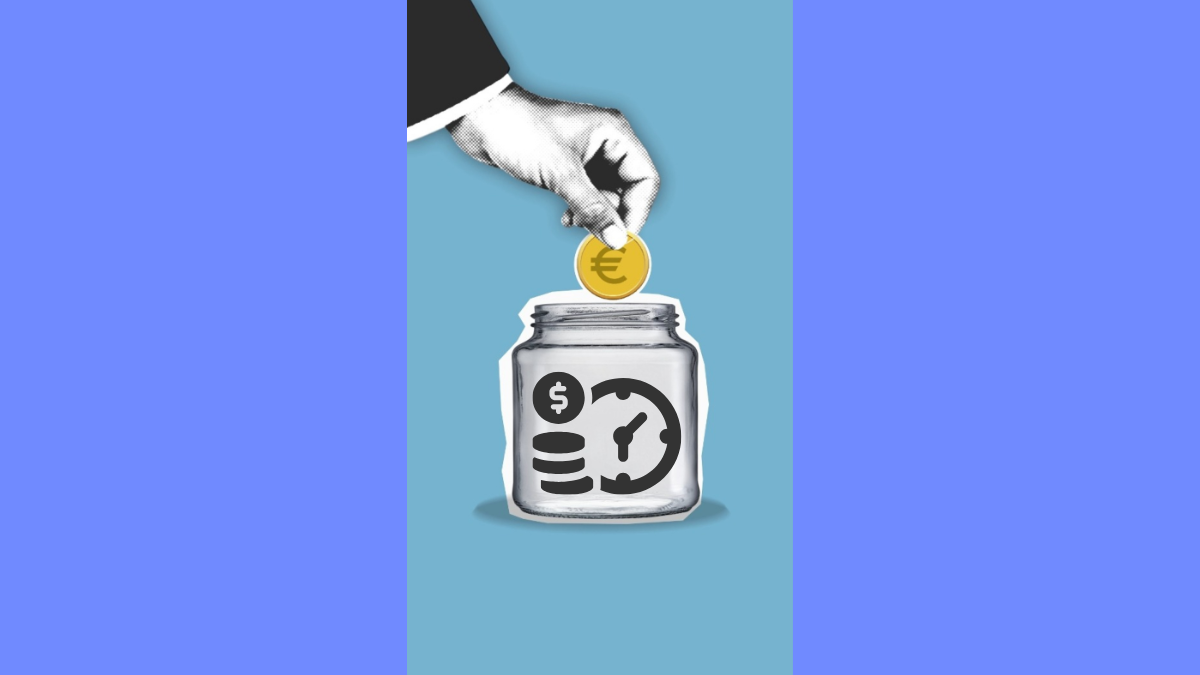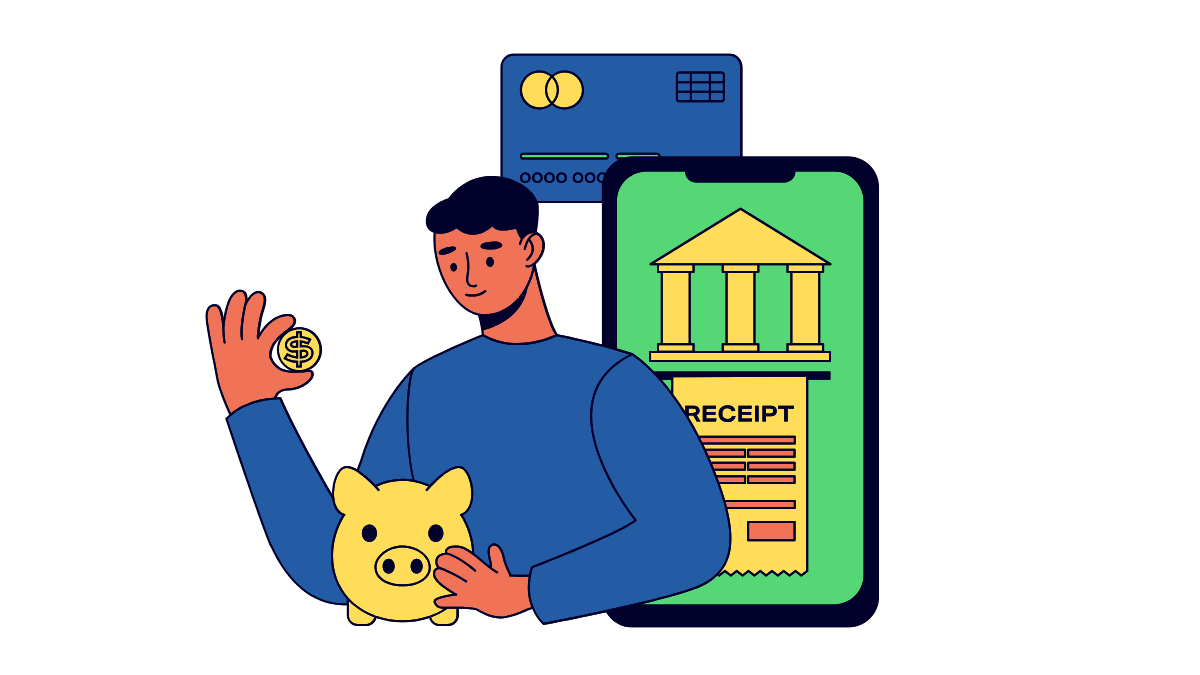Why Your First Credit Card Choice Matters
Your first credit card isn’t just about convenience; it sets the foundation for your entire credit history. Because payment activity from this card will likely be the first major record the credit bureaus see, choosing the right one can make or break your financial progress.
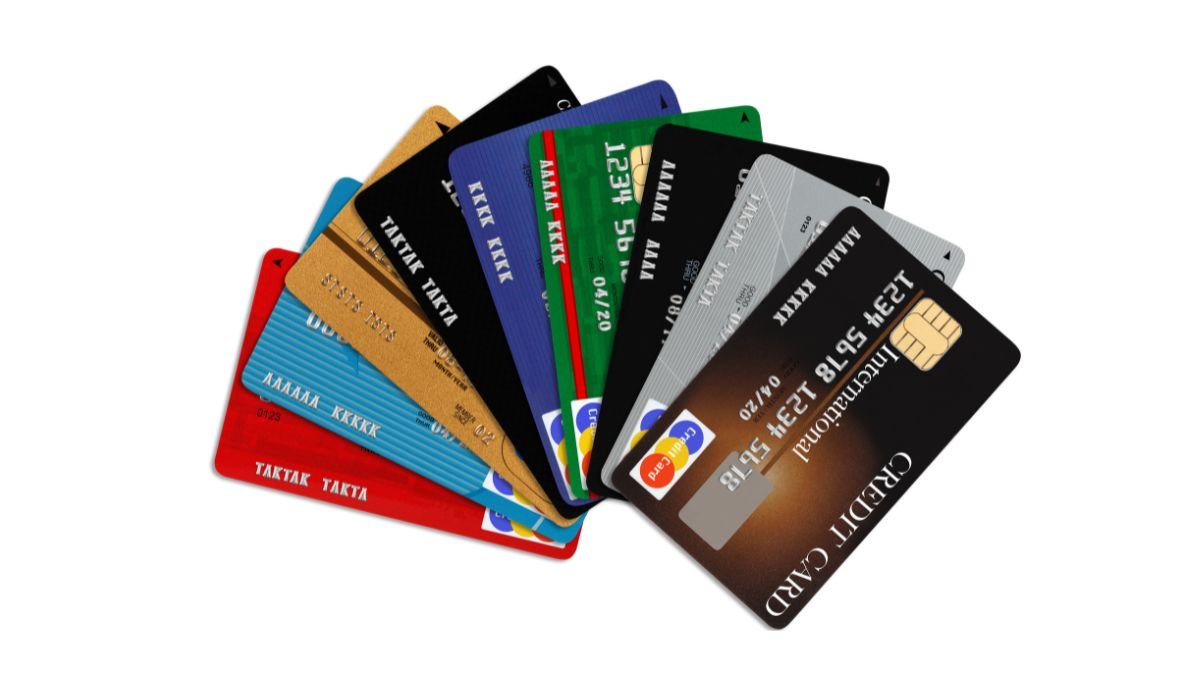 Why it matters:
Why it matters:
- Establishes Credit History: Your first card is the starting point of your credit journey. A long, clean history helps boost your score.
- Shapes Future Opportunities: Banks often consider your first card when deciding whether to approve you for bigger loans later.
- Impacts Costs: Picking a card with high fees or interest can trap you in debt early on. Starting with a low-cost, beginner-friendly card helps you learn responsibly.
- Unlocks Rewards: Some beginner cards offer cash back or points, giving you perks while you build credit.
What to Look For in a Beginner Credit Card
Not all credit cards are created equal. As a beginner, your first card should strike the right balance between accessibility, affordability, and long-term growth potential. Here’s what to pay close attention to.
1. Annual Fees
Some cards charge $95–$100 per year, but many beginner cards come with $0 annual fees. When you’re starting out, every dollar counts, so avoid paying for a card unless the benefits clearly outweigh the cost.
2. Interest Rates (APR)
While APR matters, the real key is to pay your balance in full each month to avoid interest altogether. Still, beginners should avoid cards with excessively high rates, since mistakes can be costly.
3. Approval Odds
Some cards are harder to get without a credit history. Secured cards, student cards, and entry-level unsecured cards usually offer higher approval chances.
4. Credit-Building Features
Look for cards that report to all three major bureaus (Experian, Equifax, TransUnion). This ensures your responsible use shows up everywhere, strengthening your profile faster.
5. Rewards & Perks
Cash-back on groceries, gas, or everyday spending can be a bonus — but don’t prioritize rewards over building credit. For beginners, rewards should be a secondary benefit, not the main goal.
Example:- A student card might give 1% cash back on all purchases, no annual fee, and report to all three bureaus. That’s far more valuable long-term than a flashy card with rewards but high fees.
Secured vs. Unsecured Cards for Beginners
One of the biggest questions beginners face is: Should I start with a secured card or try for an unsecured card? Each option has strengths and trade-offs.
Secured Credit Cards
- How they work: You put down a deposit (e.g., $200). That becomes your credit limit.
- Pros:
- High approval odds, even with no history.
- Teaches responsible usage in a safe way.
- Many convert to unsecured cards after 6–12 months of good behavior.
- Cons:
- Ties up your deposit money temporarily.
- Usually fewer rewards and perks.
Unsecured Beginner Cards
- How they work: No deposit required. You’re borrowing against the bank’s money directly.
- Pros:
- No upfront deposit needed.
- Some offer rewards and better perks from the start.
- Cons:
- Harder approval if you have no history.
- Lower starting limits and higher interest rates.
Which Should You Choose?
- If you have absolutely no credit history → Secured cards give you a nearly guaranteed entry point.
- If you’re a student or young professional → Student cards or entry-level unsecured cards may be a better fit.
- If you want to move up quickly → Starting secured, then upgrading, often provides the smoothest path.
Best Beginner Credit Cards in 2025 (Top Picks)
Choosing your first card can feel overwhelming, but certain cards stand out as beginner-friendly in 2025. These offer easy approval, low costs, and reliable reporting to all three bureaus.
1. Discover it® Secured
- Annual Fee: $0
- Highlights:
- Cash-back rewards (2% on gas & dining, 1% everywhere else).
- Matches all cash back at the end of the first year.
- Path to upgrade to unsecured after 7 months.
- Best For: Beginners who want rewards with their secured card.
2. Capital One Platinum Secured
- Annual Fee: $0
- Highlights:
- Flexible deposit options ($49, $99, or $200 for a $200 limit).
- Reports to all three bureaus.
- Upgrade review after 6 months.
- Best For: Those with limited funds for the deposit.
3. Chase Freedom® Student
- Annual Fee: $0
- Highlights:
- Unlimited 1% cash back on purchases.
- $20 good-standing reward each year (for 5 years).
- Higher approval odds for students.
- Best For: Students starting out with no history.
4. Petal® 1 “No Annual Fee” Visa
- Annual Fee: $0
- Highlights:
- Uses alternative underwriting (like income & bills), not just credit score.
- Reports to all three bureaus.
- Best For: Beginners with no credit history at all.
5. Citi® Secured Mastercard®
- Annual Fee: $0
- Highlights:
- Simple, no-frills card.
- Great for strict beginners who just want to establish credit.
- Best For: Someone who wants a straightforward first card.
| Card | Annual Fee | Key Features | Best For |
|---|---|---|---|
| Discover it® Secured | $0 | - 2% cash back on gas & dining, 1% everywhere else- Cashback Match (doubles first-year rewards)- Upgrade path after 7 months | Beginners who want rewards with their secured card |
| Capital One Platinum Secured | $0 | - Low deposits: $49, $99, or $200 for $200 limit- Reports to all three bureaus- Upgrade review after 6 months | Those with limited funds for a deposit |
| Chase Freedom® Student | $0 | - 1% cash back on all purchases- $20 annual “good standing” reward (for 5 years)- Higher approval odds for students | Students starting with no history |
| Petal® 1 Visa | $0 | - Simple, no-frills secured card- Strong option for first-time users- Reports to all three bureaus | Strict beginners who want a straightforward first card |
- If you want rewards: Discover it® Secured is the standout.
- If you have limited cash upfront: Capital One Platinum Secured makes sense.
- If you’re a student: Chase Freedom Student is tailor-made.
- If you lack history altogether: Petal 1 offers approval based on alternative data.
- If you want a safe, no-frills start: Citi Secured is simple and effective.
Cards for Students and Young Professionals
Students and young professionals often have little to no credit history, which is why specialized beginner cards exist. These cards are built with low barriers to entry and features that reward responsible habits.
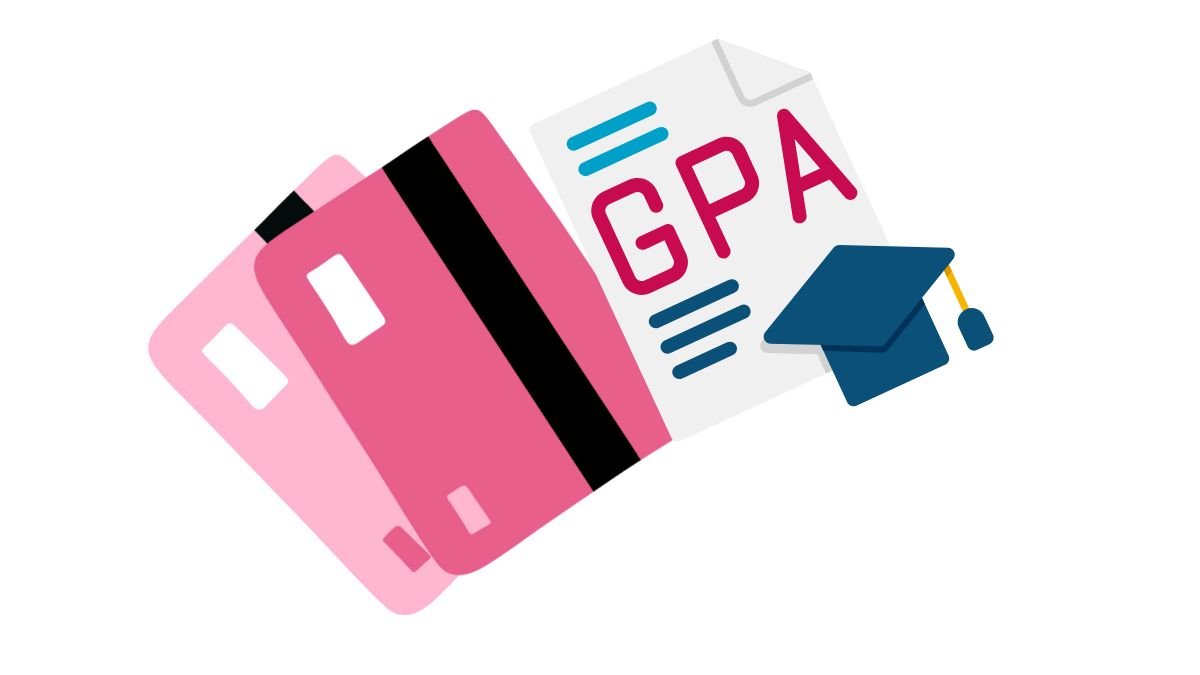 Student Credit Cards:
Student Credit Cards:
- Designed for college students with limited history.
- Often come with small perks like cash-back on dining, groceries, or streaming services.
- Examples:
- Discover it® Student Cash Back: Rotating 5% categories, $0 annual fee.
- Bank of America® Cash Rewards for Students: 3% back in a category of your choice.
- Chase Freedom® Student: Simple 1% back + $20 annual bonus for good standing.
- Aimed at those entering the workforce.
- Usually require proof of income, but not much prior credit.
- Benefits: low fees, cash-back on everyday categories, credit growth potential.
- Examples:
- Capital One QuicksilverOne: 1.5% cash back on everything (but $39 annual fee).
- Petal® 2 Cash Back Visa: No fees, 1%–1.5% back, approval based on income and cash flow.
- Access Without History: These cards are designed to give you a first step in credit.
- Rewards as You Learn: Even small perks keep you motivated to use the card responsibly.
- Graduation Opportunities: Many student/entry-level cards let you transition to premium versions after a year or two.
Cards With Rewards vs. No-Rewards Options
When choosing your first credit card, one of the big decisions is whether to prioritize rewards. Both reward and no-reward cards can be good for beginners — but the right choice depends on your habits.
Rewards Cards
- Pros:
- Cash back or points on everyday purchases.
- Helps you get value while you build credit.
- Keeps you engaged and motivated to use the card responsibly.
- Cons:
- May come with stricter approval requirements.
- Sometimes higher APRs or lower starting limits.
No-Rewards Cards
- Pros:
- Easier approval odds for beginners.
- Often lower fees and simpler terms.
- Great for focusing purely on building credit without distractions.
- Cons:
- No cash back or perks.
- Feels less rewarding, which might reduce motivation.
Real-World Example
- Case 1: Sarah applies for a student rewards card with 1% cash back. She uses it for groceries, pays in full each month, and earns $50 back her first year. Her score also climbs 70 points.
- Case 2: Jake chooses a no-rewards secured card. It has no frills, but approval is guaranteed. He builds steady history and upgrades within a year.
How to Apply for Your First Credit Card
Applying for your first credit card can feel intimidating, but preparation makes it smoother.
Step 1:
Check Your Credit File- Use free tools (like Credit Karma or AnnualCreditReport.com) to see what’s already on your record.
- If you’re new, you may have little to no history — that’s normal.
Step 2:
Choose the Right Card Type- Secured card if you’re brand-new and want guaranteed approval.
- Student card if you’re in college.
- Alternative-data card (like Petal) if you have income but no credit.
Step 3:
Gather Required Info- Social Security Number (or ITIN).
- Proof of income (pay stubs, job offer letter, or even allowance for student cards).
- Basic personal details (address, email, phone).
Step 4:
Submit One Application at a Time- Multiple applications = multiple hard inquiries, which can lower your score.
- Start with the card most likely to approve you.
Step 5:
Use Immediately, Responsibly- Make small purchases (like gas or groceries).
- Pay in full every month to avoid interest.
- Keep balances under 30% of your limit — ideally under 10%.
Mistakes to Avoid With Your First Card
Your first credit card is an opportunity, but it can also be a trap if handled poorly. Avoiding common mistakes ensures your first step into credit sets you up for long-term success.
1. Missing Payments
- Even one missed payment can haunt your score for years.
- Solution: set autopay for at least the minimum due.
2. Maxing Out Your Card
- A $500 limit doesn’t mean you should spend $500. High utilization damages your score.
- Aim to keep balances under 30% ($150 if your limit is $500).
3. Applying for Too Many Cards
- Each hard inquiry lowers your score slightly.
- Focus on one card at first. Once you’ve built history, more options will open up.
4. Ignoring Fees and Terms
- Annual fees, foreign transaction fees, and penalty APRs can cost more than you realize.
- Always read the fine print before applying.
5. Treating Credit as Free Money
- Using credit recklessly often leads to debt spirals.
- Remember: the goal is to build credit, not build debt.

A regularly updated list of beginner-friendly credit cards with pros and cons.
Learn More
Detailed comparisons of cards designed for students and first-time users.
Learn More
Educational guide on evaluating card features, fees, and long-term credit impact.
Learn More
